In September 2019 an alarming study made headlines – North America had lost almost 30% of its bird population in the last fifty years, a total of nearly 3 billion birds lost.
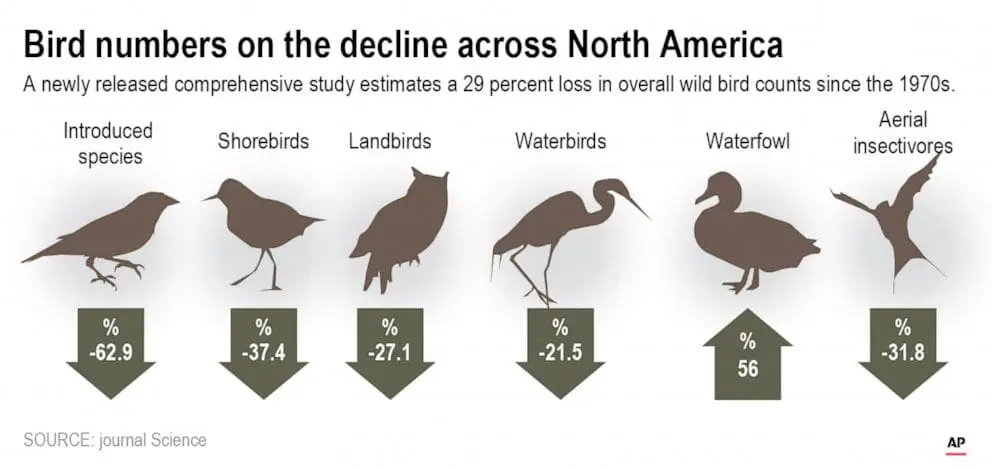
The population losses span every biome, but forests (1 billion lost) and grasslands (720 million lost) are especially hard hit.
The study’s authors point to several potential causes of bird population loss: habitat destruction, urbanization, and pesticide use. We’ll explore these topics below.
This powerful video by the American Bird Conservancy illustrates the problem at hand and really tugs at the heart strings:
A parallel mass extinction is occurring in the insect world, for similar reasons. The National Resource Defense Council reports that in 1997 over 1 billion monarch butterflies migrated from the US to Mexico. Today, the monarch population has dropped over ninety percent, to less than 57 million documented in the migration.
Experts attribute the decline in monarchs and insects more broadly to loss of habitat, climate change, and increased exposure to toxic pesticides. The New York Time’s The Insect Apocalypse Is Here piece is required reading on this topic.
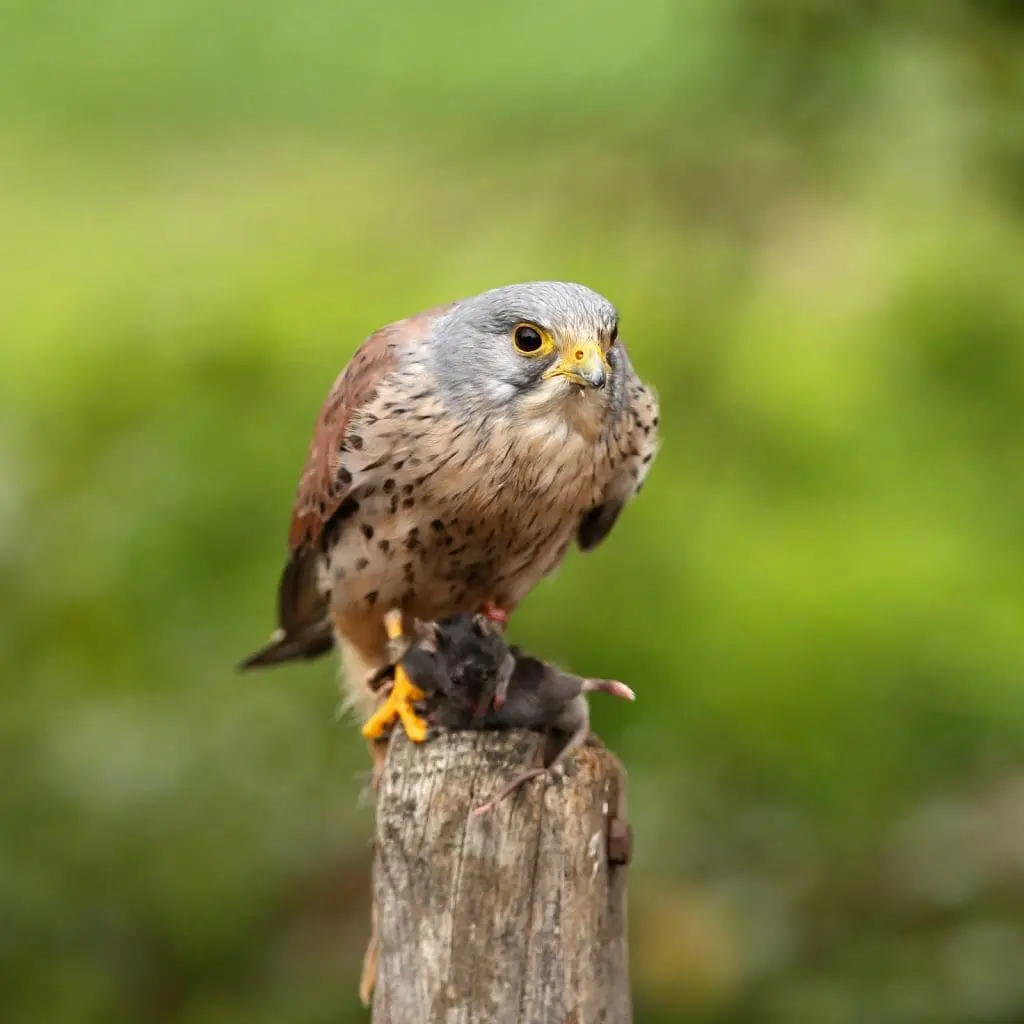
Pesticides Effect on Birds
In the 1960s, Rachel Carson’s Silent Spring was groundbreaking in its revelations about DDT and its impact on the environment, particularly bird populations. As a result DDT was banned in the US, but today other equally toxic pesticides in the same organochlorine category are still heavily used today.
For example, Dicofol, a miticide (kills spider mites) used on a wide variety of food and ornamental crops causes eggshell thinning in birds including the mallard duck, American kestrel, ring dove and screech owl. Organochlorines have also been documented to cause a lack of appetite in birds (eating up to 30% less), culminating in their starvation.

Neonicotinoids: Systemic Pesticides, Harm Pollinators
Another class of insecticide, neonicotinoids (the most widely used insecticides in the world) have been linked to a “wide range of negative biological and ecological impacts” according to a 2015 report by 29 scientists on the Task Force on Systemic Pesticides.
Neonicotinoids are used in agriculture as well as on residential and commercial properties, particularly lawns, to “treat” pests. The consequences are vast.
In today’s industrial agriculture, neonicotinoids are often deployed as seed coatings. This insecticidal-seed grows a plant with a “systemic pesticide,” meaning it reaches all parts of the plant – leaf, stem, flower, pollen, and nectar included – poisoning the beneficial insects that feed on them.
These toxins also persist in the soil and show up in plants that were never targeted, for example roadside native plants that created essential habitat for pollinators. The decline in milkweed (the only genus of plants that monarchs lay eggs on) in native landscapes is a prime example.
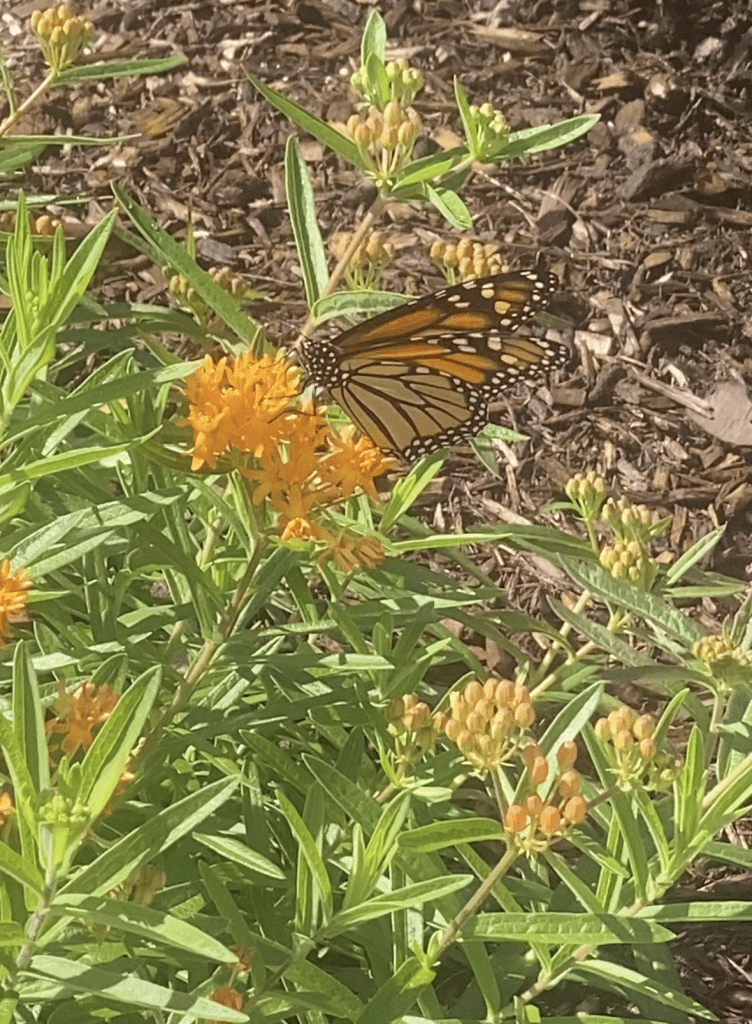
Instead of managing pests, these indiscriminate toxic chemicals kill or disrupt the physiology of birds, beneficial insects and pollinators. NRDC senior scientist Slyvia Fallon attributes the monarch butterfly loss “largely due to changes we have made in our agricultural practices.”
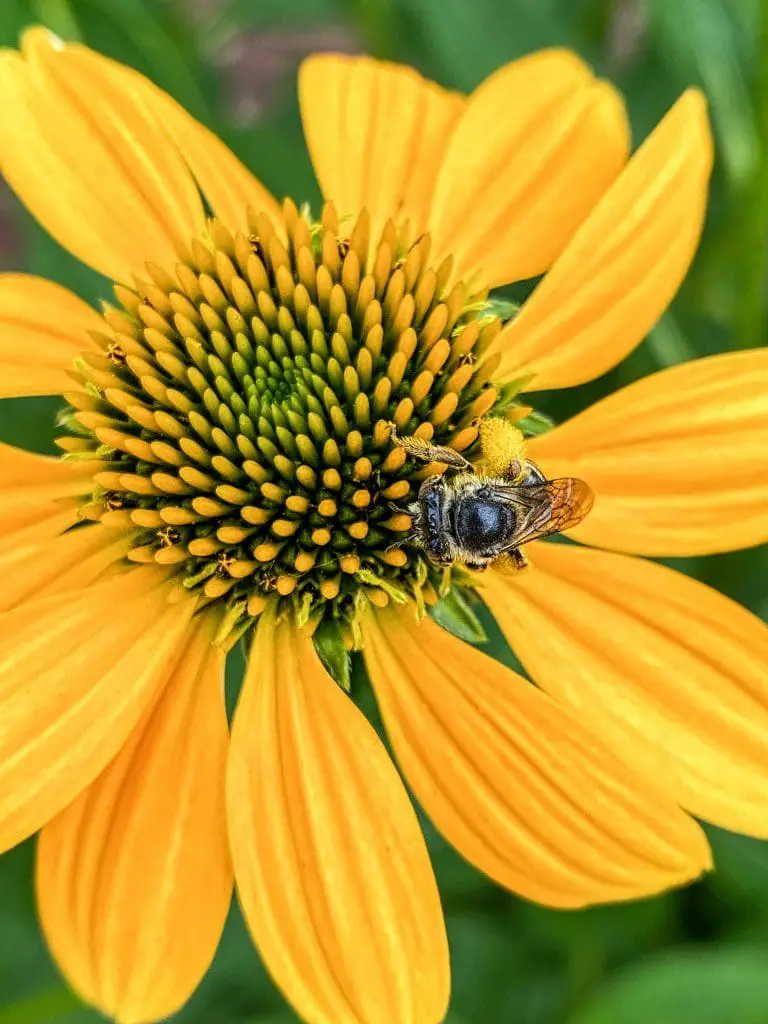
What’s more, Cornell University examined the research on neonicotinoids affect on honey bees, bumble bees and wild bees, and the results were damning:
Honey Bees Exposed to Neonicotinoids:
- Increased mortality
- Impaired feeding
- Impaired locomotion
- Altered learning and memory
- Impaired Foraging
- Reduced Immunity
Bumble Bees Exposed to Neonicotinoids:
- Increased Mortality
- Reduced colony growth
- Reduced b rood production
- Reduced nest construction
- Impaired feeding
Wild Bees Exposed to Neonicotinoids:
- Increased Mortality
- Reduced brood production
- Altered locomotion
For more information, read the Xerces Society’s How Neonicotinoids Can Kill Bees.
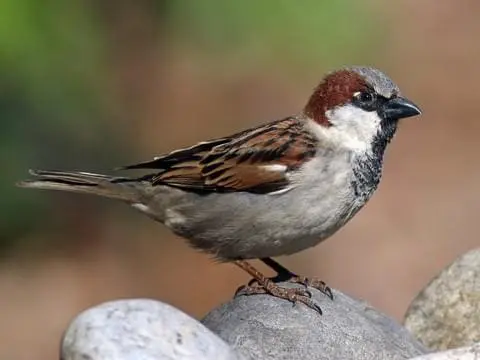
Neonicotinoids Effect on Birds
Neonicotinoids affect birds in two ways. First, when birds eat insecticidal seeds; National Geographic reported of A 1992 study by the EPA that concluded that,
“sparrows have difficulty flying after consuming a tiny amount of imidacloprid [a common neonicotinoid], and become immobile at higher doses.”
The second way pesticides affect birds is by decreasing their food supply – the very insect populations (caterpillars, beetles, grasshoppers) that are suffering because they have consumed the now-toxic plants.
A disturbing 2014 study in the Netherlands found correlation between high pesticide in surface water contamination and declining bird populations: where there were high concentrations of imidacloprid, bird populations fell by an annual average of 3.5 percent.
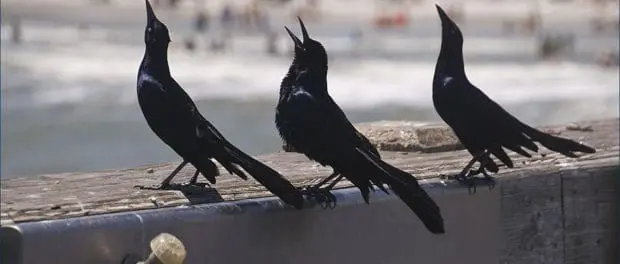
Urbanization & Habitat Destruction for Bird, Pollinators
Urbanization – forming the cities that now house half the world’s population – has also wreaked havoc on native bird populations. A 2014 Study that examined data on bird and native plant populations in 54 cities worldwide found that urban areas had only 8% of the bird density as rural areas (species per km2) and only 25% of the native plant species.
As discussed above, native plants are the foundation of habitat for many native insects, who in turn become the food supply for native birds. Replacing native landscapes and plant material with paved urban developments has rippling ecological repercussions.
Depressingly, a lack of habitat is not the only threat; what replaces our native plants creates additional problems. The Guardian reports “Scientists estimate that at least 100 million and maybe as many as a billion birds die each year in the US when they collide with buildings, especially glass-covered or illuminated skyscrapers.”
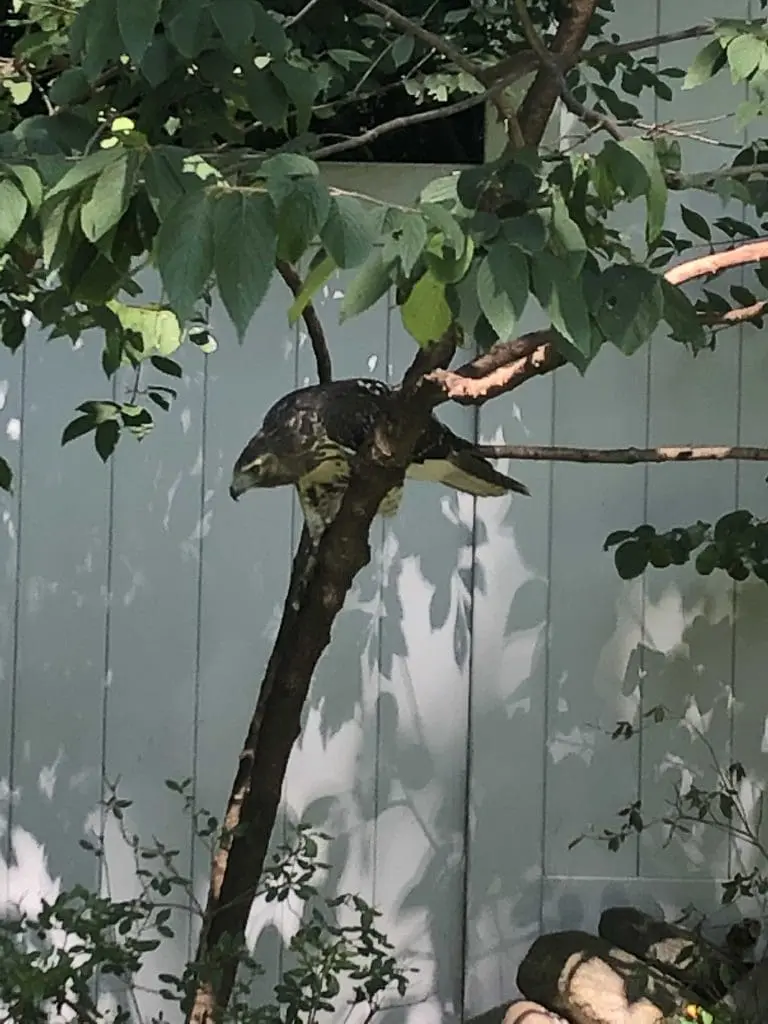
Reclaiming Bird Habitat in the Suburbs
In our suburban neighborhoods, bird death by skyscraper is not as much of an issue, but the general trend of suburban landscaping has not helped bird populations.
First, our culture prioritizes a pristine lawn over garden space. Homeowners generally fail to consider the impact of the synthetic chemicals regularly applied to create their “perfect” lawn.
Second, the nursery industry has a long history of importing exotic plants for landscaping; plants that have not evolved alongside our native bird species and do not provide the same essential habitat. Furthermore, plant breeders focus on hybrid plants that often sacrifice nectar or pollen to create double and triple rows of petals for more “ornamental” specimens.
While most of the above pesticide research has been focused around farmlands, the landscape industry is not to be overlooked! The EPA estimates 30,000 tons of pesticides are applied on American lawns every year! Instead of dousing our properties with chemicals, we can use them to reclaim habitat for bird and pollinator populations.
Biodiversity – from native plants to beneficial insects to bird populations –is at stake, and the easiest way to initiate change is right at home. Stay tuned for our next post in the series where we dive into Creating Bird Habitat at Home.
—
Green Jay Landscape Design
914-560-6570